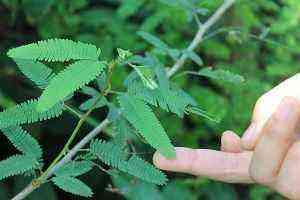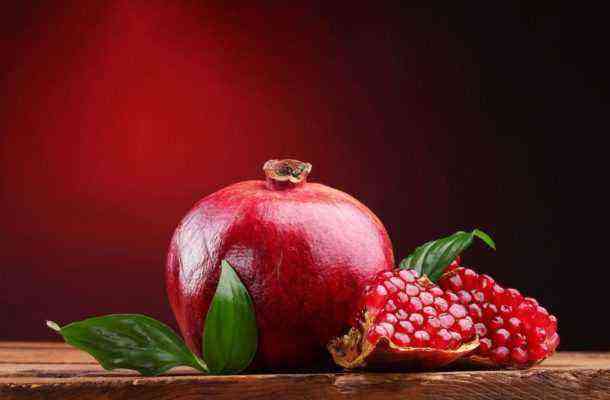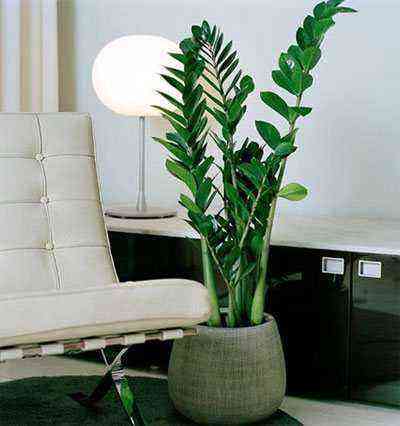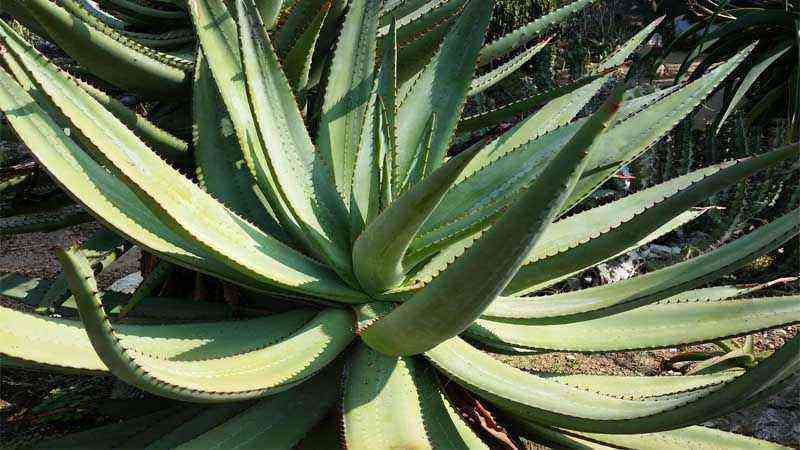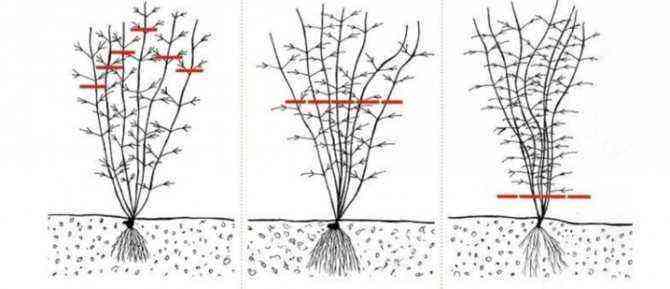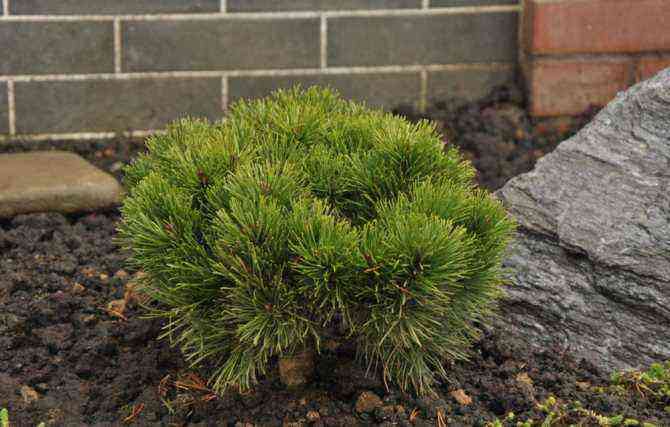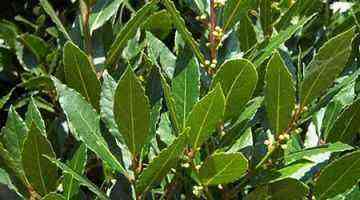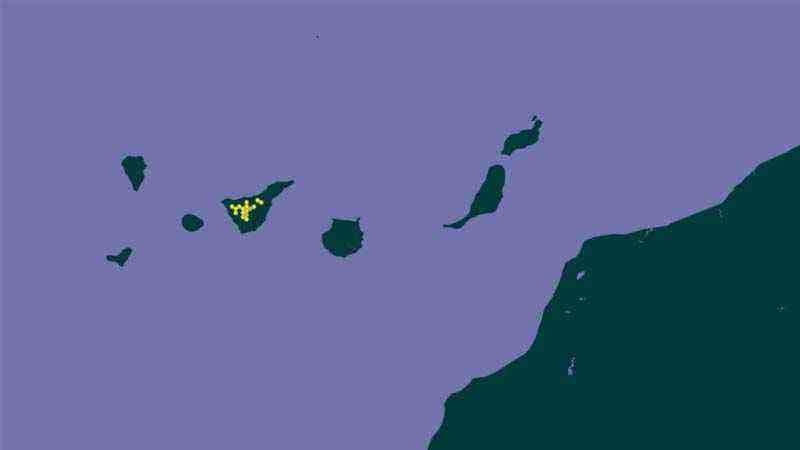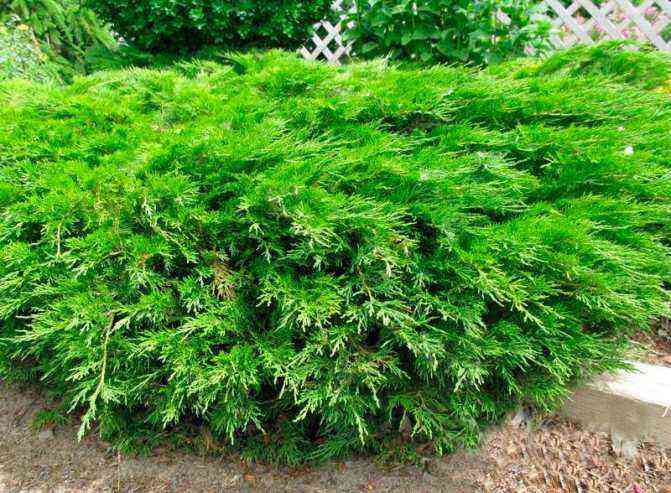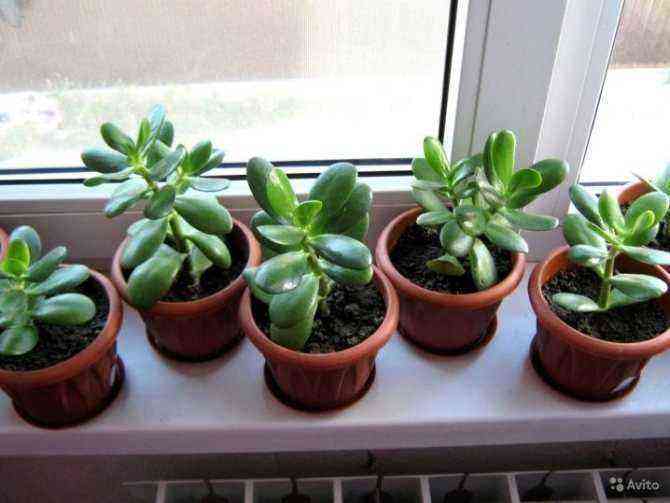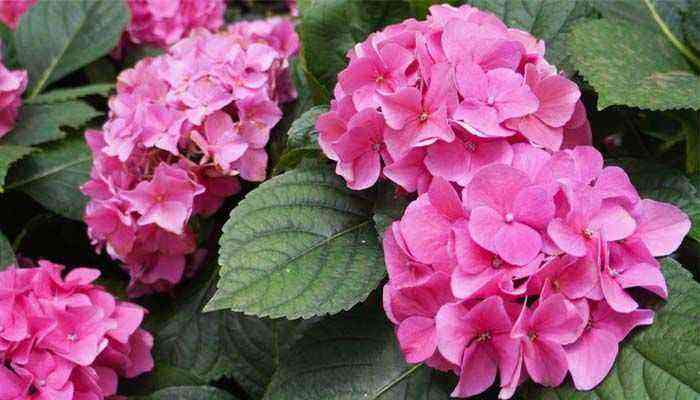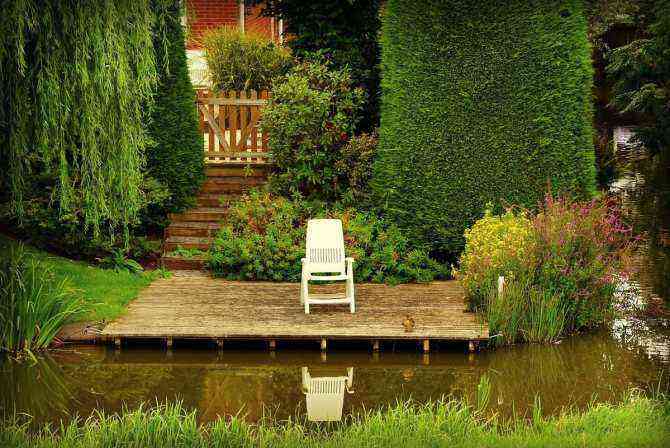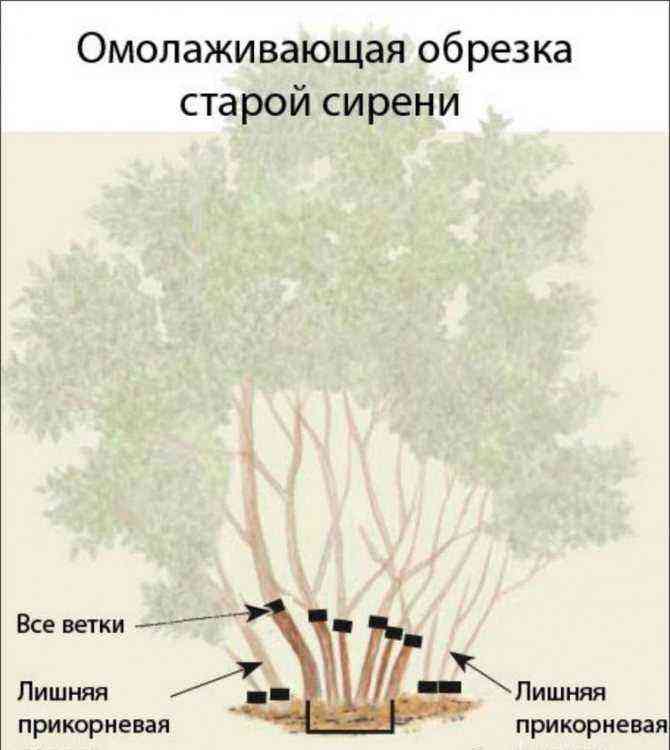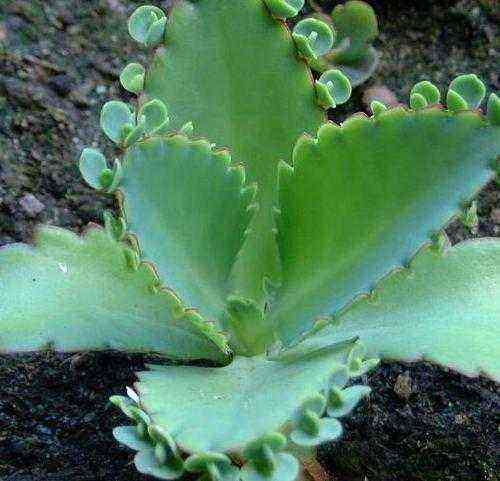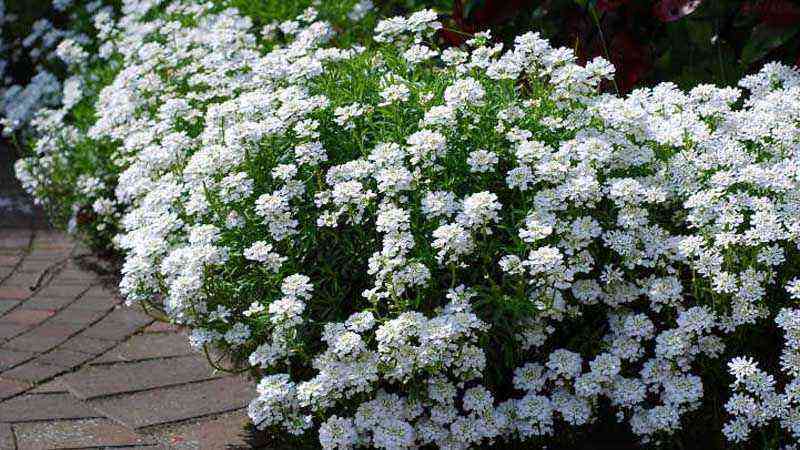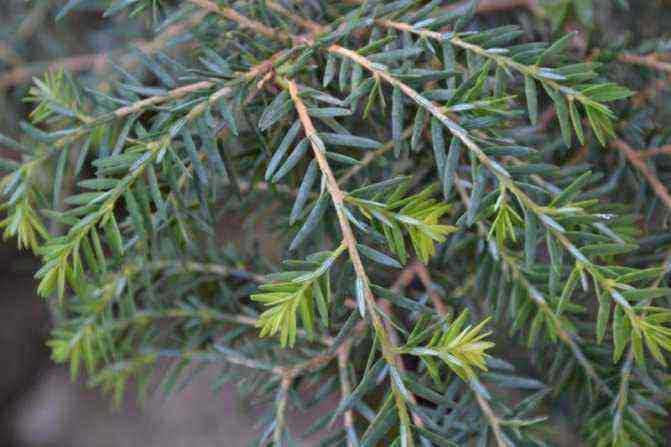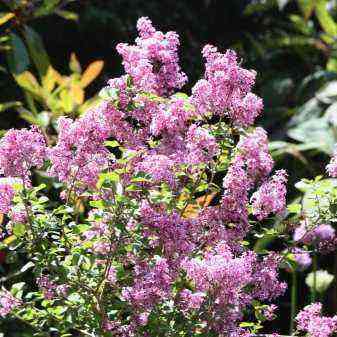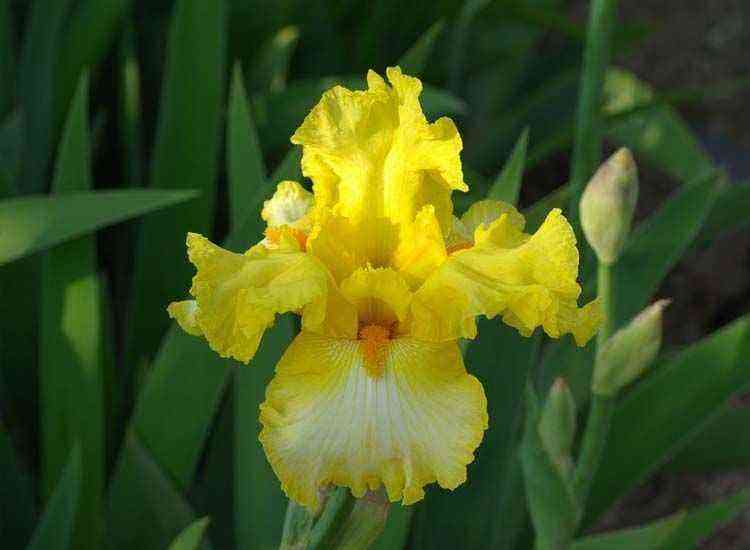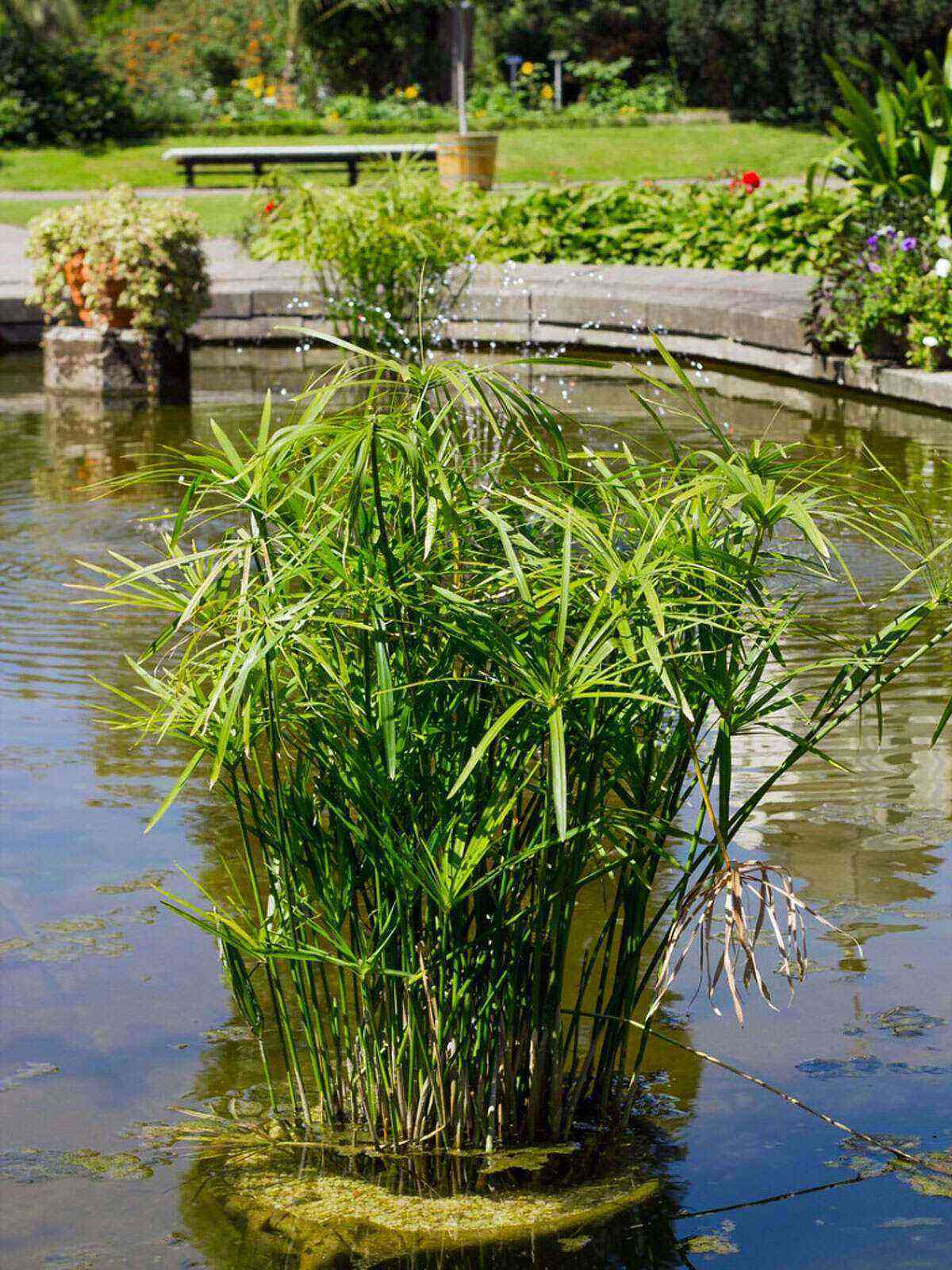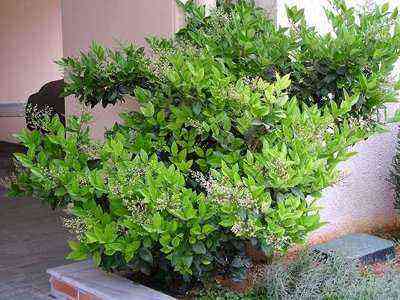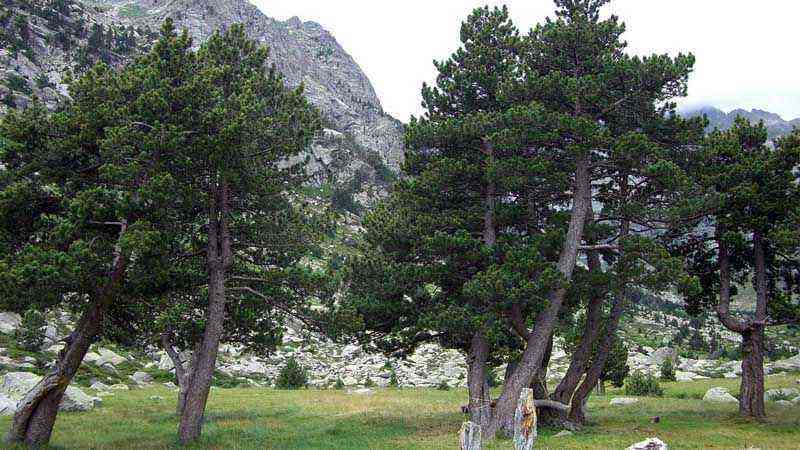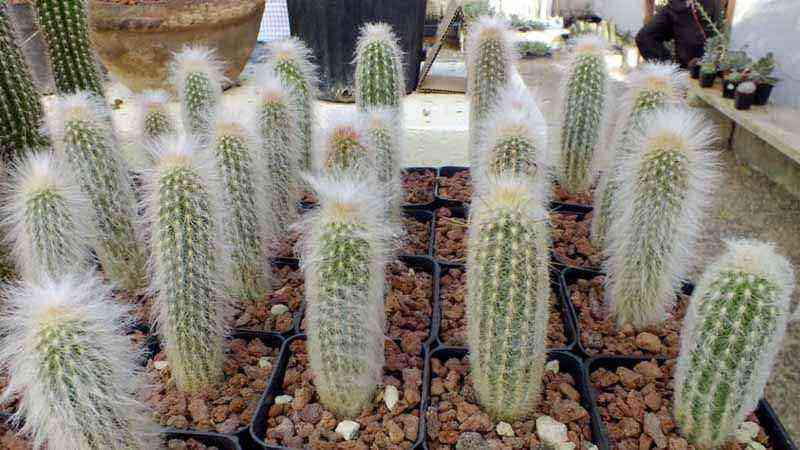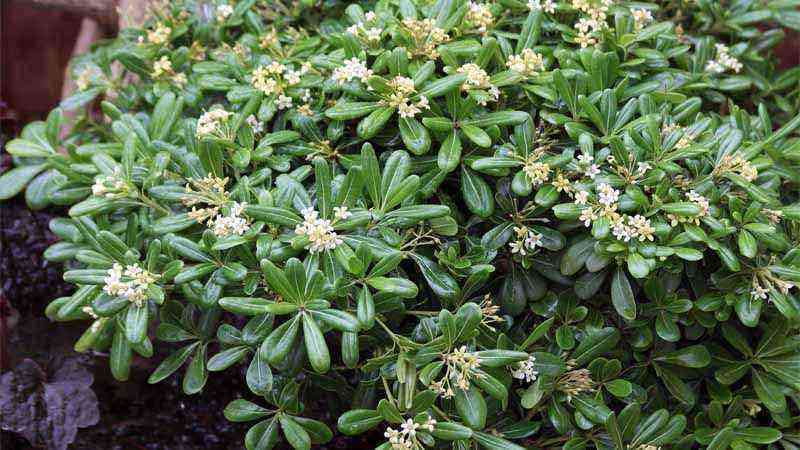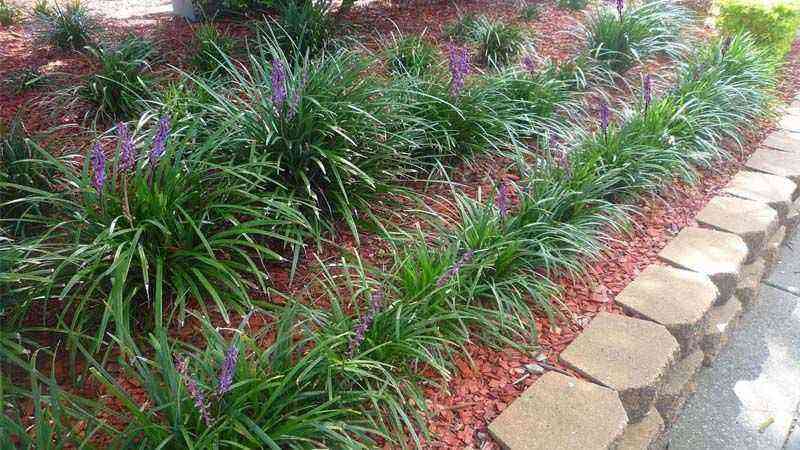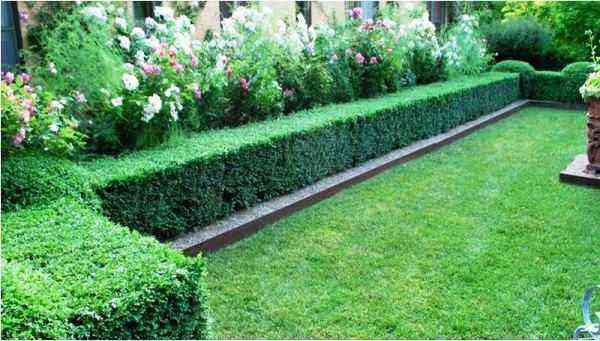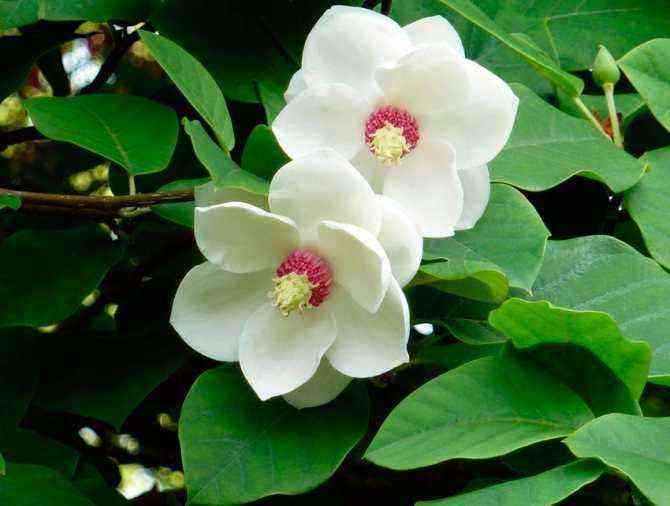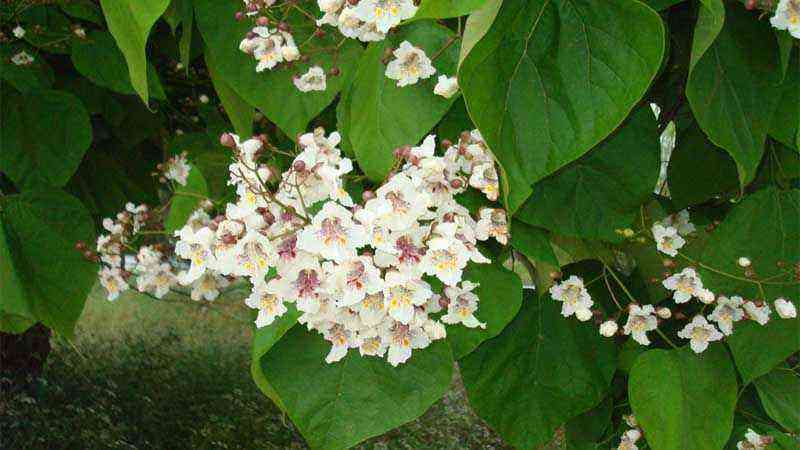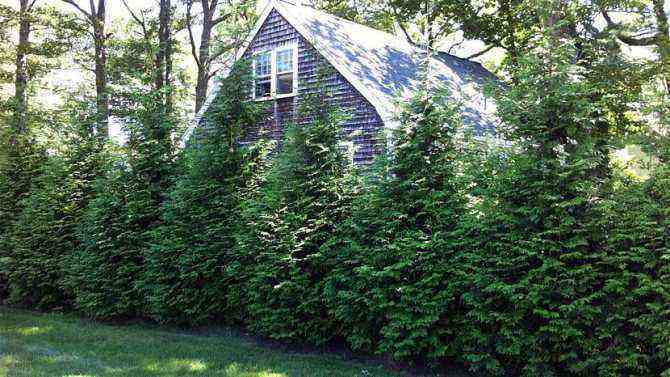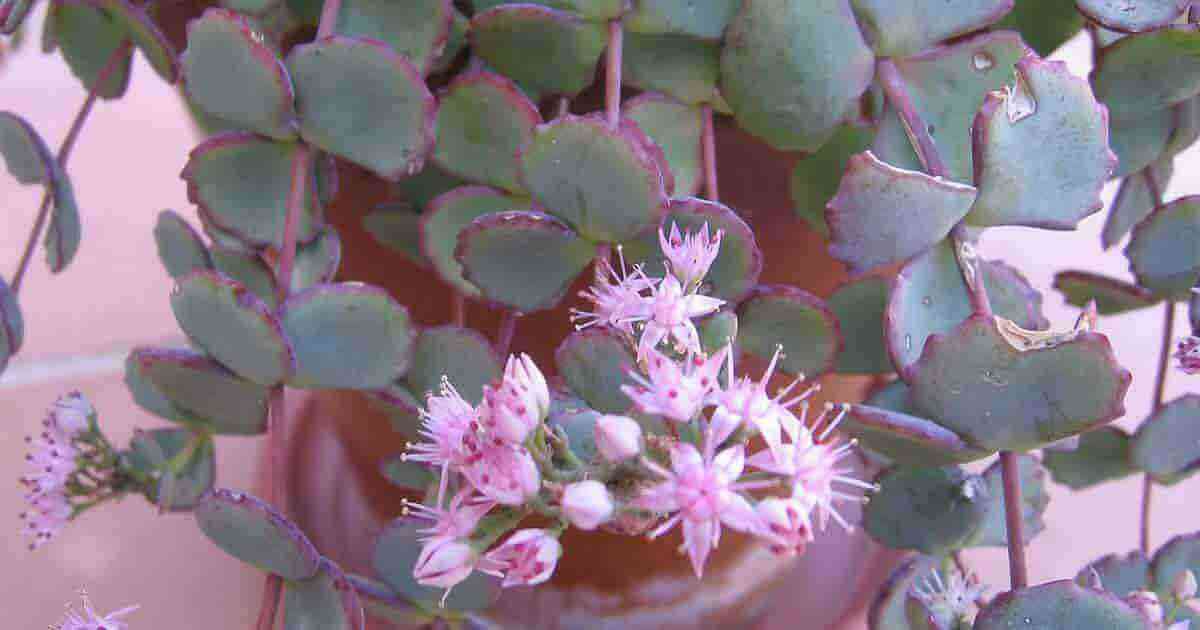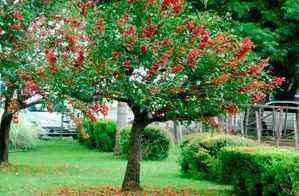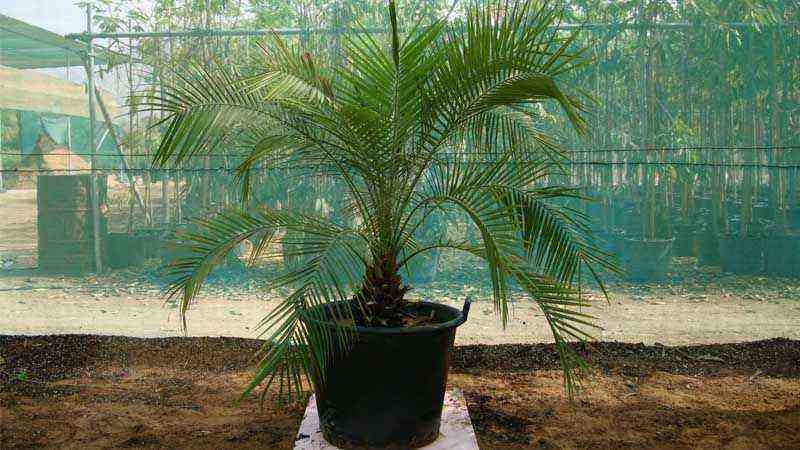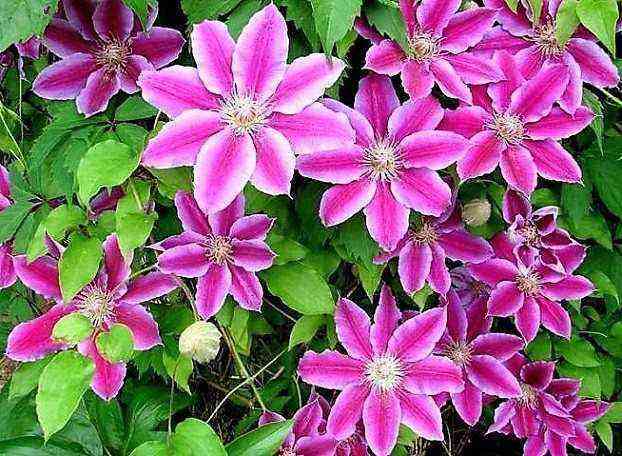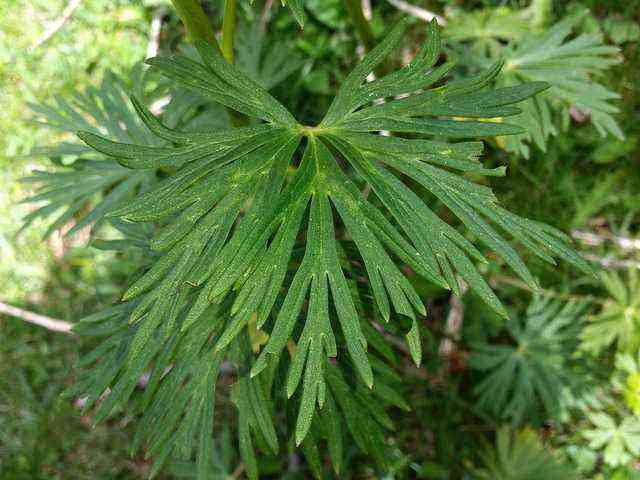We promised. We said that after entering the pond We would have to tell you which plants you can introduce in your pond, in addition to the plant density, types of plants and some care. So here you have it. Well it’s time to talk about aquatic plants. Let’s see how the entrance turns out!
How to set up a garden of aquatic plants in your garden
There are. But I do not think we have come this far not to add plants, it would be totally discovered. In addition, apart from the merely visual aspect that a pond with vegetation provides, it also control oxygen levels in the water and they prevent it from becoming a veritable swamp with unpleasant odors and large numbers of mosquitoes. Don’t hesitate and keep reading!
Deep sea aquatic plants
The main plants in this section are the water lilies (Nymphaea spp), with a large number of species. We must take into account the size of the leaves, according to the area of our pond and its depth. Have Lily of very vigorous growth (75-90 cm deep that can occupy 1 square meter), of vigorous growth, for ponds of medium size and between 45 and 60 cm deep, and the water lilies of moderate growth, for small ponds, of 30 to 40 cm deep.
Anyway, here is a list with the varieties of water lilies according to the parameters that we have commented:
Resistant water lilies
- Very vigorous growth: «Atraction» (Garnet red), “Small” (crimson), «Leviathan» (rose), «Gladstoniana» (White), «Colonel Welch» (yellow), “Charles de Meurville ” (Red.
- Vigorous growth:“Virginal” (White), «Sunrise» (yellow), «Rose Nymph» (rose), «Moorei» (yellow), “Marliacea Rosea” (rose), «Marliacea Albida» (White), “James Brydon” (carmine red).
- Moderate growth: “Alba” (White), “Eugenia de Land” (rose), “Attraction” (crimson), «Purpurata» (pinkish crimson), «Marliacea Chromatella» (yellow).
Tropical water lilies
- Daytime flowering: «Afterglow» (Orange), «Baghdad» (blue), Evelyn Randig (Red), «General Pershing» (rose), “King and the Blues” (blue), «Mrs G. H. Pring» (White), «St Louis», (yellow), «Trailblazer» (yellow).
- Night flowering: “HC hair stick” (dark Rose”, “Sender” (White), «Mrs G. C. Hitchcock» (dark Rose), «Red Flare» (Red).
Floating aquatic plants
These types of aquatic plants create shade for the pond and on them are frogs, insects, etc. This generated shadow prevents the development of algae and protects aquatic life. What plants do we have with these characteristics?
There it goes! Azolla caroliniana, Azolla filiculoides (floating and resistant species). Hydrocharis-frog bites with fleshy leaves where frogs perch, Strattiotes aloidesIt only comes out to bloom Trapa natans, an annual plant with imperceptible flowers. However, Azollas in Spain it represents a Invasive species, and its introduction into the environment, its commercialization, possession, transport, etc. is prohibited. (Royal Decree 1628/201, already repealed). But that does not mean that the rest of the countries (you have to take a look at the regulations) can have it in their pond.
Submerged aquatic plants
You will see them less, but there they are. These aquatic plants play a very important role in balancing the pond by oxygenating the water and removing carbon dioxide. Its stems and leaves constitute a refuge for the laying of the animals (guaranteeing its survival and future development). What plants do we have in this section? Hottonia palustris ,with purple flowers, Ranunculus aquatilis or lagoon grass, Ltricularia vulgaris, yellow in color and similar to the flowers of the snapdragon, Myriophyllum, Elodea canadensis, Chara fragilis, Lagarosipon, Potamogeton crispus, And a long etcetera!
The maintenance of your aquatic plants
Since they have plenty of water and lots of nutrients, the aquatic plants grow in a short time and they are very prolific, so from time to time you will have to cut them to limit their space. If there are too many leaves in the pond and they cover everything, you have to do a cleaning and remove any, or those who are sick or dead. With the autumn many species die and the stems will have to be cut at water level, so that they hibernate without problems.
And what plants do I put on the banks of the pond? Well, we don’t forget them either, but the we will mention in a future post!
All the best. Agromatic.
